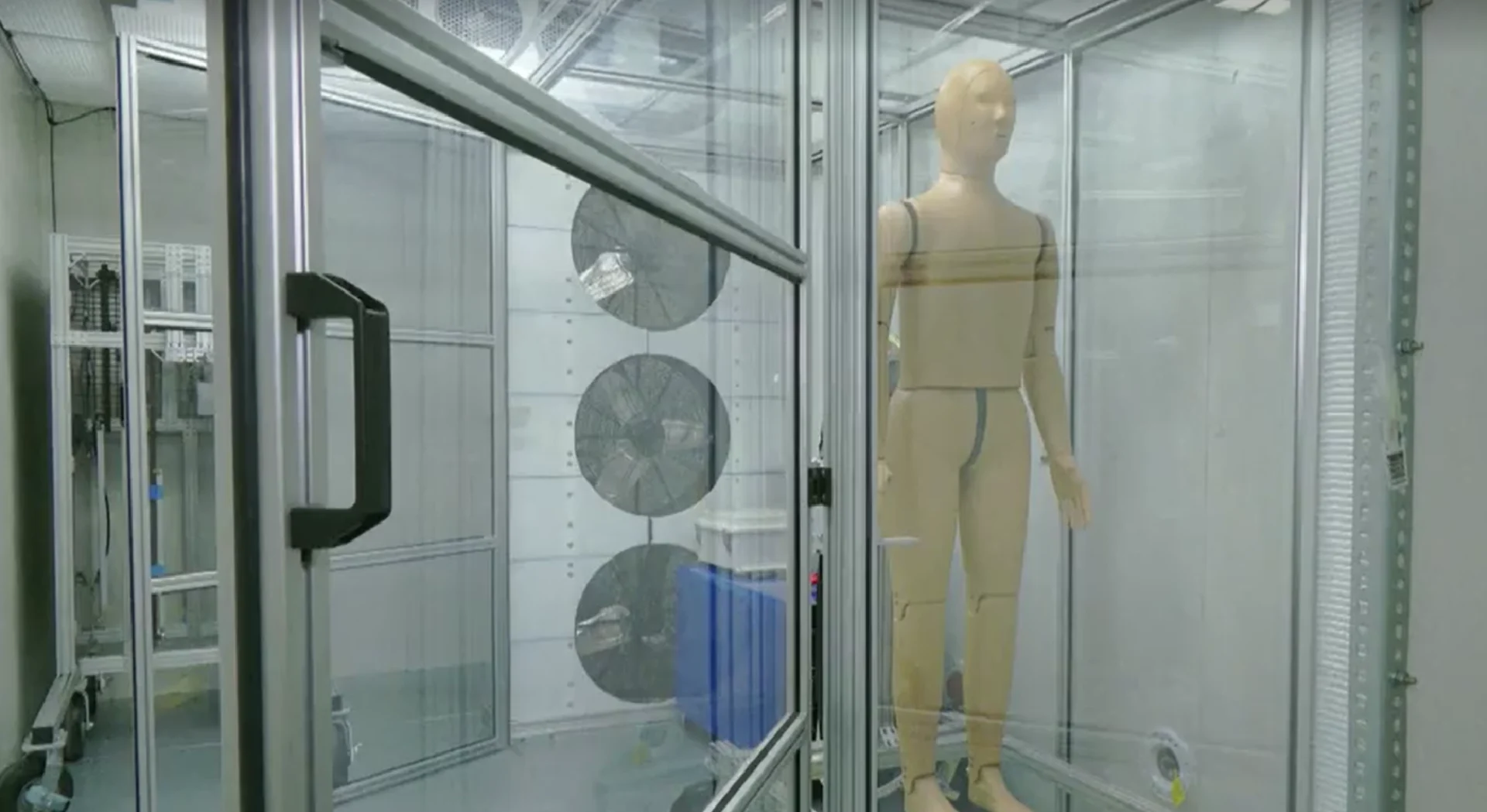
Meet ANDI, the sweating thermal dummy aiding research on heat-related illnesses
With rising temperatures and intense heatwaves predicted this summer, researchers at Arizona State University are studying the impacts of extreme heat on the human body and they are doing so using ANDI, a thermal dummy that sweats, breathes and walks. Researchers control the temperature and humidity of a thermal chamber where ANDI is housed to recreate any environment that exists on the earth.
ANDI has 35 different surface areas which are all individually controlled with temperature sensors, heat flux sensors and pores to sweat. Researchers simulate different weather conditions to try to understand what the human body experiences under extreme heat.
“Could we may change something in that thermal history of the person what they were doing before. Could they take a longer break? How much would that help?” Konrad Rykaczewski, associate professor at School for Engineering of Matter, Transport and Energy at Arizona State University, told Reuters.
According to the Centers for Disease Control and Prevention, an average of 702 heat related deaths occur in the United States each year and an average of 9,235 people are hospitalized.
It’s unclear what is happening to the human body during a heat stroke, but ANDI is on a mission to find out. “That's one of the areas we want to explore is, as somebody has experienced a heat related illness or death, could we go and understand in detail what was happening to the core temperature?” Rykaczewski said.
“And this could not only be, let's say, the average healthy adult, but it could be someone who is older, has a medical condition, or has taken substances that may alter, for example, how their skin blood flow occurs,” he added.
The idea behind ANDI is not new. Thermal dummys, also known as manikins, are most commonly used by high end performance apparel designers to optimize ski jackets or optimize other temperature controlling garments. There are ten ANDI manikins across the world for this type of use, but ASU’s ANDI is only one of two used by research institutions and it's the first that can be used outdoors.
(Production: Liliana Salgado)









